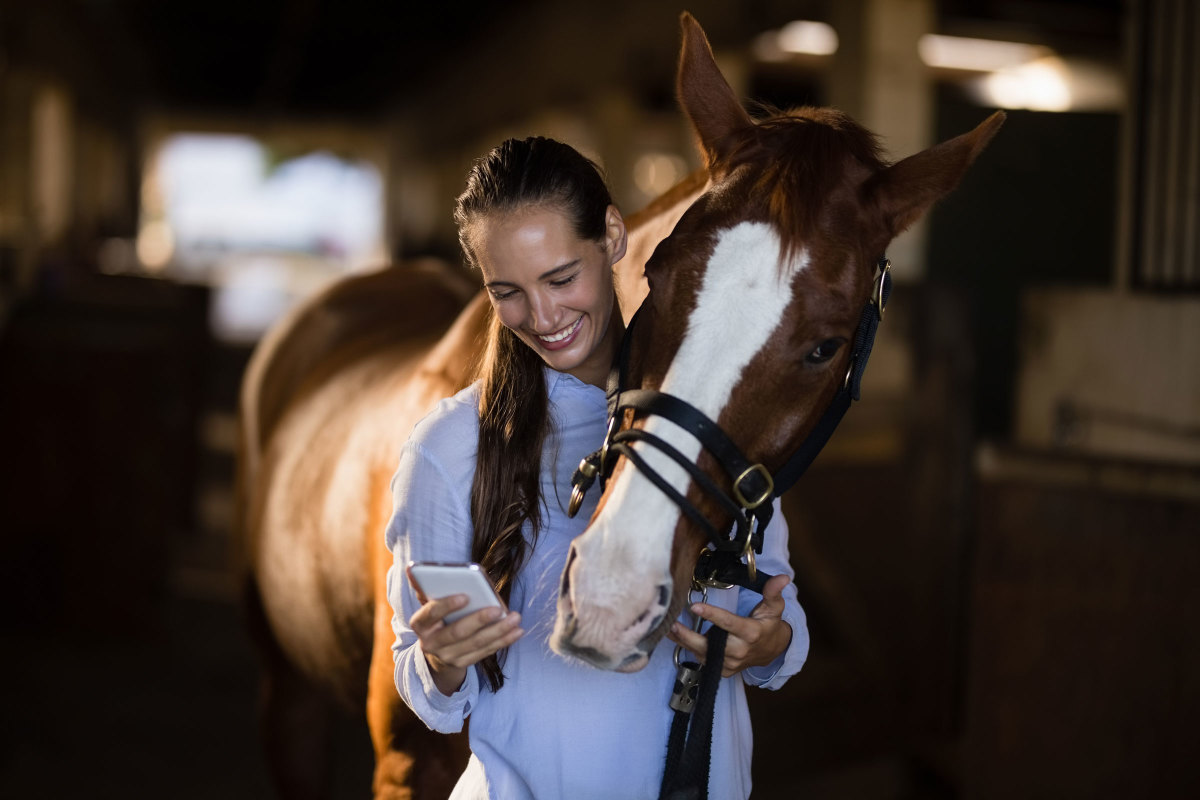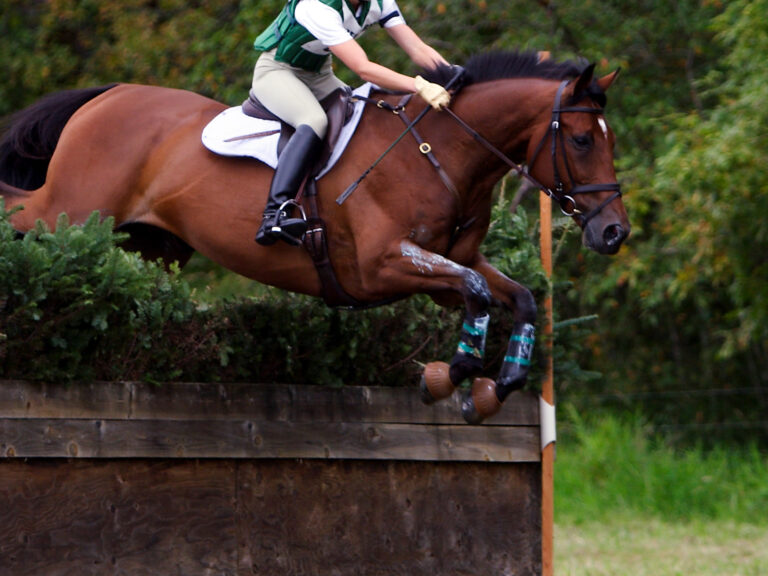
We are living through a global time of uncertainty, where a virus has leveled a number of playing fields and amplified the disparities amongst others.
Regardless, it’s not business as usual for anyone right now.
It’s unclear when any of us will be returning to ‘usual’, and whether it’s going to be the same ‘usual’ as before.
The way we interact with our clients now will determine whether our businesses are able to be revitalized when this is over. Specifically, embracing a relationship-centered model of care—or renewing your dedication to it—is perhaps the only way to safeguard the health of your business during this tumultuous time.
The way we choose to conduct ourselves and our businesses during this time will be remembered and will impact client loyalty going forward. Roosevelt had it right when he said “nobody cares how much you know until they know how much you care.”
When interacting with clients, we need to focus on building or maintaining strong relationships and addressing the needs of both the client and the horse. What this is going to look like is going to be dependent on a number of factors, some within and some outside of your control.
Focus on Clarity and Transparency
An obvious initial consideration is what constraints exist from a government or regulatory standpoint.
Many jurisdictions have already gone through the process of determining what services are essential, and, as far as I know, urgent and emergent veterinary care has made the list everywhere.
However, for many jurisdictions, preventative care did not.
It is important to have thought through how you operationalize these constraints in your practice, as well as what social distancing practices you are implementing, so you are prepared to address client questions on what services you are able to provide.
As you think of how you are engaging with clients during this time, be sure to focus on clarity and transparency, as they are critical pieces of all effective interactions. This is a great opportunity to practice being clear in your boundaries and asserting them with clients.
There is very clear justification for them, and there are many layers of support from public health and veterinary organizations. Those guidelines take the subjective nature of boundaries off the table in this circumstance.
The tough piece is being assertive, and at the start, that can just mean clearly sharing with clients what the policies of your practice are.
Note that I said practice policies. Even if you are a solo practitioner, it is worth distancing yourself and saying these are practice policies. That removes the personal nature of the conversation.
Further, whenever possible, communicate with clients in advance of their horses needing care what the policies of the practice are, particularly pertaining to availability of services. This can be accomplished via a newsletter/email, website updates or social media.
The more prepared you are, and the calmer and more confident you can be in the moment, means you can set up the interaction to come up for success.
Partnership
At the start of the interaction with the client, it’s valuable to acknowledge that things are vastly different from what we’re used to in terms of how the veterinarian-client-patient interaction will occur, as well as in a broader context.
We must actively consider how the current state of our local, state, national and international communities is impacting our patients, clients, farms and ourselves. This is going to support finding common ground with clients during interactions. This is very meaningful, because finding common ground is a critical early step to being able to partner effectively with the client.
Partnership supports effective care provision, as well as conflict management, should differences or conflicts arise.
Another value of partnership to consider is that it implies a reciprocal relationship—each person is a partner in the relationship, and while not the same, both roles are essential to a successful outcome.
In terms of how to turn this into something actionable, ensure that you’ve clearly shared with the client what responsibilities are theirs, and which ones you are taking on. Further, make a plan to update each other as needed going forward.
For instance, if you had planned on doing a follow-up scan for a tendon injury but you are not able to do that at this time, share with the client what they can be doing (hand walks, small paddock turnout), what kind of information it would be helpful to have about the horse’s response to the plan (Are they calm? Acting out badly? Any increases in swelling or heat in the leg?), and what to do if anything unexpected happens.
This type of conversation empowers both partners, as well as creates a sense of security should something unexpected come up.
In times when many people are feeling alone, physically and emotionally, knowing they are supported is powerful.
Keep Tabs on Your Capacity
In working toward effective communication during this time, it’s critical to have a sense of yourself, including your energy, patience, and emotional tolerance. Being self-aware isn’t always easy, and in the current prolonged crisis, your capacity to handle things will fluctuate. Keeping an accurate tab on your capacity will allow you to use your most precious resource—yourself— judiciously.
One of the primary reasons that we need to be self-aware is that our state-of-being markedly influences our non-verbal cues in an interaction.
Non-verbal cues, which include facial expressions and body language, as well as para-verbal cues (such as speed of speech and vocal tone), account for about 80% of our message. The words we use make up the remainder.
The challenge is that we are often less aware of the non-verbal cues that we are sending because we cannot see our body language or hear our voice the same way another person does.
Additionally, our non-verbal cues often more accurately represent our feelings and emotions; contrasting our words which transmit our intentional message.
Further, when our verbal and non-verbal communications do not match up, the recipient is more likely to believe the message transmitted by our non-verbal communication.
A useful example is the use of the word “fine.” Can you think of times when you responded “fine” to someone asking how you were when you were definitely not fine? Or when you really were perfectly alright, and said fine?
Precisely, the context and our non-verbal cues are what the other person responds to, not the word itself.
What does any of that matter and why particularly in the current crisis?
It matters because we are all muddling our way through right now, experiencing varying degrees of worry, anxiety and hope. Being aware of your non-verbal cues and what is going on for you beneath the surface will help ensure you are communicating authentically and with integrity.
Conversely, we need to pay particular attention to the non-verbal cues of the person with whom we are communicating. They, too, are fighting for normalcy, fighting to manage big worries and emotions, fighting to figure out how to go forward and take care of their obligations.
This might mean that our clients are not at their best—they might not be taking in information as well as usual, or they might be less rational and angrier, or they might be less patient.
How can we handle this? How do we approach our interactions when we might be also not be feeling the calm we’re hoping our client is feeling?
The first thing to do is to ensure you’re focused on the present moment. Anxiety stems from borrowing worry from the future or reliving events of the past.
We are lucky that there are many aspects to equine practice that provide us opportunities to ground ourselves in the here and now. We get to spend time outside—pause, feel the sun (or breeze) on your body, what can you smell, what does the ground feel like under your feet?
Engaging your senses is a great way to remind your whole self that you are safe in the moment.
Another option would be to take a minute to intentionally connect with a horse, find their itchy spot, remind yourself of how simple and joyous that can be. When we focus on one small tangible thing, it helps bring us back to the present.
Empathy
Finally, this article would fall woefully short without discussing empathy.
Empathy entails having a curiosity and understanding for another’s experiences, and a nonjudgemental attitude to providing support to them based on their experiences and perceptions.
The importance of this in the current climate cannot be overstated.
It’s important to keep front of mind that we are all experiencing unprecedented world events, many of which have shaken our sense of safety and pulled into question our ability to meet our basic needs and responsibilities. When this happens, our midbrain, the part of our brain in charge of survival, takes over.
The result of this is we lose our capacity for executive functioning, problem-solving and emotional control for the time that we are experiencing that fight, flight or freeze response.
Many people are battling their midbrains to find their way back to their normal functioning. Add to that the complications that arise from social distancing and/or telemedicine practices, and it can be difficult to know or understand what’s going on for the client.
One of the best ways to approach this is to ensure that you’ve checked in with the client about how they are doing and coping prior to starting to talk about the horse and whatever health issue is at hand. Also, being open to acknowledging the difficulty of this situation for everyone. An “I wish” statement can be very powerful, and also supports partnership—“I wish we could do that recheck this week, unfortunately that’s not possible.”
We are all finding our way through a maze that has never been navigated before. The best way through it is to partner with your clients, be aware of your personal resources and use them judiciously, and to embrace empathy like you would lube your arms at a dystocia!
Remember:
- Take care of yourself.
- Take care of each other.
- Take care of business.









